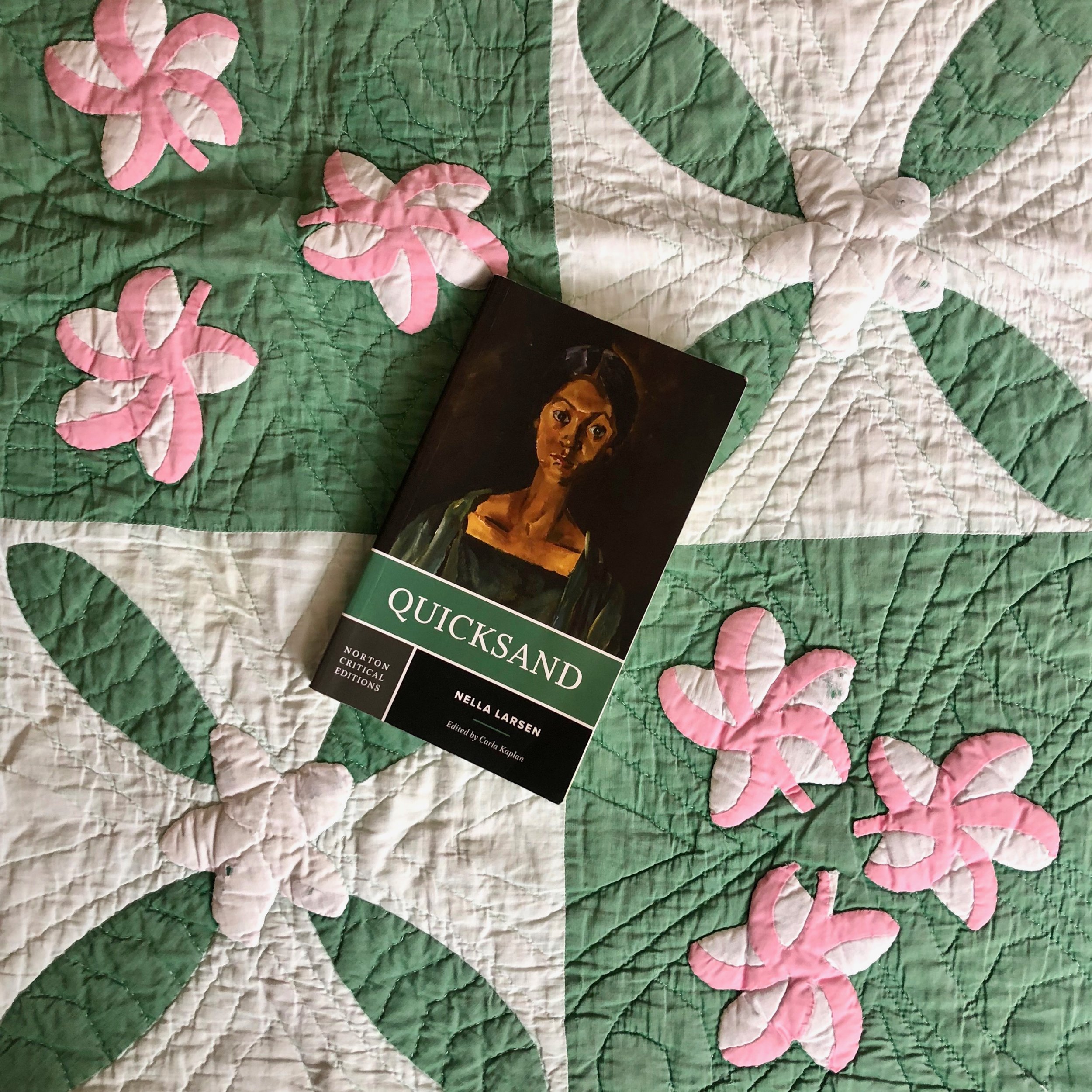Book Club: Quicksand
It is a common myth that the best way to survive quicksand is to resist struggling. How curious then, that Nella Larsen titled her first novel Quicksand, because its protagonist, Helga Crane (loosely created after Larsen herself) struggles to find her identity from the opening pages of her young life in 1920’s America. Helga’s father, a Black West Indian man, and her mother, a white Danish-American woman, abandon Helga straddling two races and two cultures, neither owning her. Almost a century since its publication, reading Quicksand today feels remarkably current. Resolving a plot takes a back seat to inquiry, so the reader asks, “How does a person find their identity?” Is it in gender, race, culture, class, or some amalgamation of all refusing to melt into each other? Helga Crane’s life is a conglomerate a geologist couldn’t assess. Do we find happiness, then, by defining ourselves through the eyes of others? Helga immerses herself in Harlem, Tuskegee, Alabama, and Copenhagen, each immersion exposing herself to racism, patriarchy, exotification. I appreciated the exquisitely written settings for each place: the book sings with the vibrancy of Harlem to the chill of Copenhagen. Quicksand was a Harlem Renaissance critical success in 1928, and soon after Nella Larsen published an equally successful Passing, a novel recently filmed and showing on Netflix, the screenplay by Rebecca Hall.
I recommend The Norton Critical Edition of Quicksand ed by Carla Kaplan. The novel is 110 pages, but the Critical Edition includes backgrounds, contexts and criticism written currently and at the time of the book’s publication.
